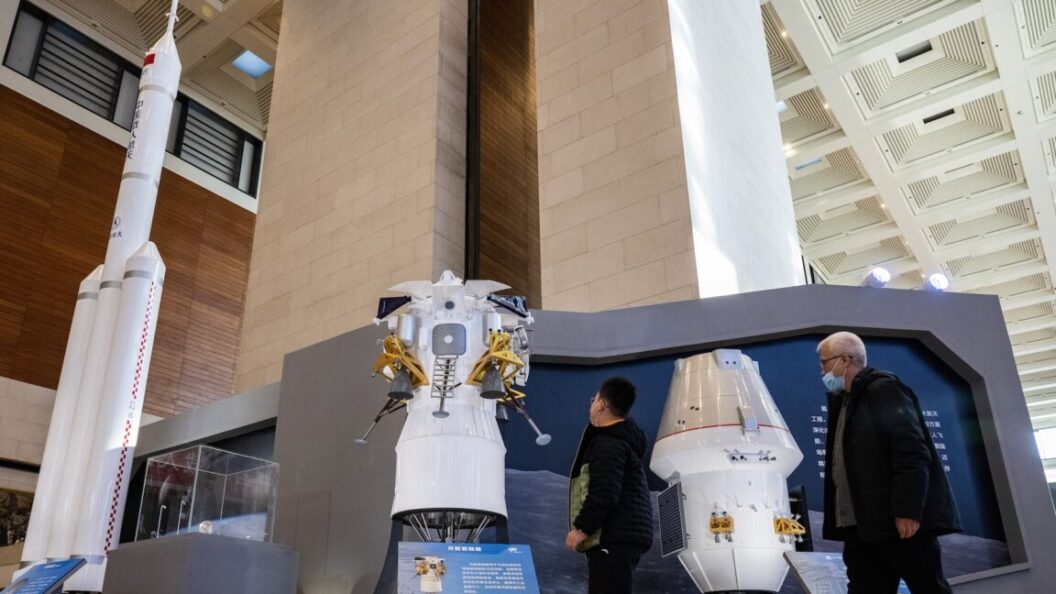AI-Driven Engineering Takes Flight: LEAP 71 and Aspire Space Join Forces
In a significant development in the aerospace sector, LEAP 71, a nascent company focused on artificial intelligence (AI) in engineering, has partnered with Aspire Space to innovate rocket propulsion design. With ambitions to transform the space industry, this collaboration highlights the potential for AI technologies to expedite engineering processes in spacecraft development.
Ambitious Artificial Intelligence Partnership
Founded by two German entrepreneurs, LEAP 71 has positioned itself as a "pioneer in AI-driven engineering." The company will utilize its proprietary software, Noyron, to design the propulsion stack for Aspire Space’s rockets. LEAP 71 claims that this AI-enhanced methodology will reduce the time required for test-firing engines with a thrust of 450,000 pounds by 50% compared to traditional methods. The co-founder, Rudenko, anticipates that the comprehensive project—which encompasses a launcher, reusable spacecraft, and ground infrastructure—will exceed $1 billion in costs and is currently self-funded.
Russian Resupply Mission to the ISS
In ongoing developments within the international space sector, a Russian Progress supply ship successfully launched on July 3 from the Baikonur Cosmodrome in Kazakhstan. The spacecraft carried approximately 5,787 pounds (2,625 kilograms) of supplies, set for delivery to the International Space Station (ISS). This mission marked the eighth orbital launch conducted by Russia this year, continuing a declining trend in its space launch activities.
Celebrating Historical Milestones
Notably, the Soyuz rocket used for this mission featured a distinctive blue and white color scheme, originally designed for a commercial launch that was likely canceled due to geopolitical tensions stemming from Russia’s invasion of Ukraine. Furthermore, the rocket displayed a logo commemorating the 50th anniversary of the historic Apollo-Soyuz mission, which was a collaborative landmark in space exploration between the U.S. and Russia.
Chinese Rocket Firm Eyes Future Launches
Meanwhile, Orienspace, a Chinese commercial launch company, has ambitious plans for its Gravity-2 rocket, targeting a debut flight in late 2025. The rocket recently completed a successful first-stage engine hot fire test, validating its key components including engines and propellant flow mechanisms. The Gravity-2’s first stage will feature nine kerosene-fueled engines and is designed for recovery and reuse, setting it apart from traditional solid-fueled rockets.
Specifications and Capabilities
Standing at approximately 230 feet (70 meters)—the same height as SpaceX’s Falcon 9—the Gravity-2 will be capable of lifting up to 21.5 metric tons (47,400 pounds) into low-Earth orbit. This positions it within the upper range of medium-lift launchers, as Orienspace innovates in the competitive landscape of commercial spaceflight.
Conclusion: The Future of Space Innovation
The collaboration between LEAP 71 and Aspire Space underscores a significant shift towards integrating AI in aerospace engineering, promising a future where such technologies could revolutionize spacecraft design and efficiency. Furthermore, the continued advancements from Russia and China show that despite varied political climates and challenges, global efforts in space exploration and innovation remain robust. As these developments unfold, they hold profound implications for the future of space travel, international collaboration, and technology-driven engineering.









